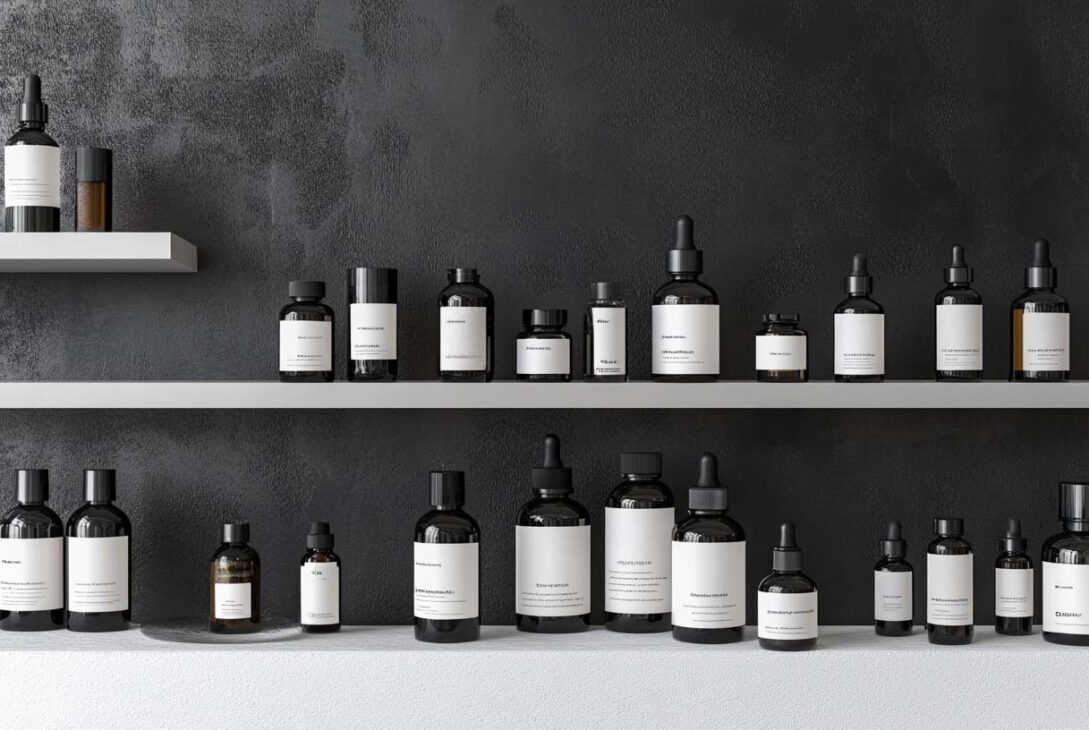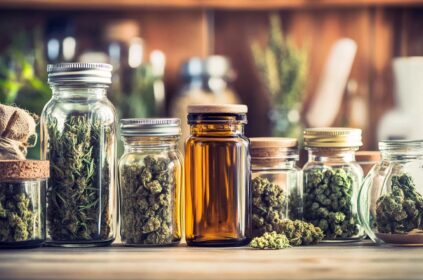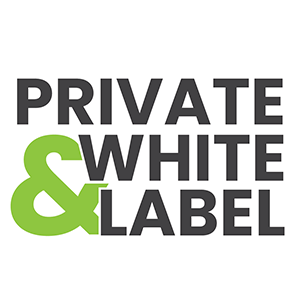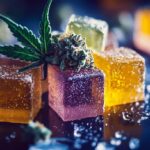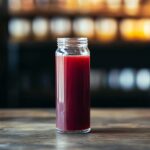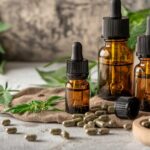In the rapidly expanding market of CBD products, navigating the complex information on labels can feel overwhelming. With a myriad of options—from oils to edibles and topicals—understanding how to read these labels effectively is essential for making informed decisions about what you’re purchasing and using. This guide aims to simplify that process for you, ensuring you can confidently select products that align with your health and wellness goals.
Introduction to CBD Labels
CBD (cannabidiol) products are increasingly popular, praised for potential health benefits that range from anxiety relief to pain management. However, the lack of regulation in the industry means that not all products are created equal. Reading the label not only helps in identifying the product but also reveals critical information regarding its safety, efficacy, and content.
Let’s break down the key elements that should be included on a CBD product label.
Required Information on CBD Product Labels
When examining a CBD product label, several fundamental components stand out. These elements ensure transparency and allow consumers to understand exactly what they are purchasing.
Product Name and Identity
The label must clearly display the brand name, product identity (such as CBD oil or CBD gummies), and net contents. This allows you to quickly identify the product and its intended use.
Ingredient List
A thorough ingredient list is essential. This should include:
- Type of CBD: full spectrum, broad spectrum, or CBD isolate.
- Carrier oils (e.g., coconut oil).
- Any additional ingredients, such as flavorings or preservatives.
Being aware of all ingredients is especially important for those with allergies or dietary restrictions.
Net Quantity of Contents
The net weight or volume indicates how much product is in the container. This information helps you gauge how long the product will last based on your expected usage.
Serving Size
Understanding the recommended serving size is key to dosage. This is usually listed in milliliters (ml) for liquids or milligrams (mg) for edibles. Knowing the serving size allows you to effectively calculate how many servings are in each product and adjust your intake as needed.
CBD and THC Content
It’s crucial that the label specifies:
- The total amount of CBD in milligrams.
- The THC (tetrahydrocannabinol) content, which must be 0.3% or less for hemp-derived products.
This information ensures that you can avoid products that might trigger psychoactive effects or pose a risk during drug testing.
Batch Number, Manufacturing, and Expiration Dates
Look for a batch number and dates on the label. This information allows traceability and ensures that the product is fresh and within its effective period. Some labels might include a QR code or barcode leading to a Certificate of Analysis (COA) from third-party testing labs.
Manufacturer or Distributor Information
This should include the name and contact details of the manufacturer or distributor. It’s important for transparency, allowing consumers to reach out with questions or concerns about the product.
Warnings and Precautions
Some products will include warnings, such as potential risks of positive drug tests due to trace THC. Though not always mandatory, these disclosures are helpful for consumers to make safe choices.
Transparency Standards
Transparency in CBD products is paramount. High-quality products often emphasize their testing protocols and certifications. Understanding these standards will empower you to make informed choices.
Third-Party Lab Testing
Look for products that proudly display results from third-party lab testing. These tests validate the contents of the product and assure you that what’s on the label is accurate. A QR code leading to the COA provides credibility and detailed insights about the product’s composition.
Clear and Legible Labels
Labels should be easy to read. This ensures that all necessary information is accessible and enables consumers to make well-informed choices.
Understanding Different Types of CBD
The type of CBD in a product significantly influences its effects and suitability for your needs.
Full Spectrum CBD
Full spectrum CBD includes a range of cannabinoids and terpenes, including trace amounts of THC. Users often prefer this for its potential entourage effect, where all the compounds work synergistically to enhance benefits.
Broad Spectrum CBD
Broad spectrum CBD contains multiple cannabinoids but no THC. This type might be suitable for those who wish to avoid THC while still experiencing some of the cognitive and wellness properties associated with other cannabinoids.
CBD Isolate
CBD isolate is the purest form of CBD, containing no other compounds. This option appeals to individuals seeking a THC-free product with a concentrated dose of CBD.
Tips for Reading CBD Labels
Check the Serving Size
Always take note of the serving size to ensure accurate dosage. If the serving size is smaller than what you typically use, you’ll need to adjust the calculations to suit your needs.
Verify the Ingredients
Inspect the ingredient list for allergens or unwanted additives. If you’re unsure about any components, take a moment to research them.
Look for Third-Party Verification
Prioritize products that showcase third-party lab testing. These certifications reassure you of the product’s quality and safety.
Be Aware of Mislabeling
Research has indicated significant mislabeling concerning CBD content in some products. Always cross-check the actual CBD and THC levels with third-party lab results to avoid subpar products.
Conclusion
Understanding how to read CBD labels is vital for choosing safe and effective products. By familiarizing yourself with key information, transparency standards, and the various types of CBD, you’ll be better equipped to make purchasing decisions that align with your health goals.
Actionable Tips
- Always scrutinize the ingredient list and serving sizes.
- Verify CBD and THC content through third-party laboratory testing.
- Look for clear, legible labels to ensure compliance with industry standards.
- Stay aware of possible mislabeling and prioritize transparent practices.
Armed with these guidelines, you can navigate the world of CBD products with confidence and ensure that each purchase supports your wellness journey. Always take that extra moment to inform yourself, as knowledge is your best ally in making responsible health choices.

